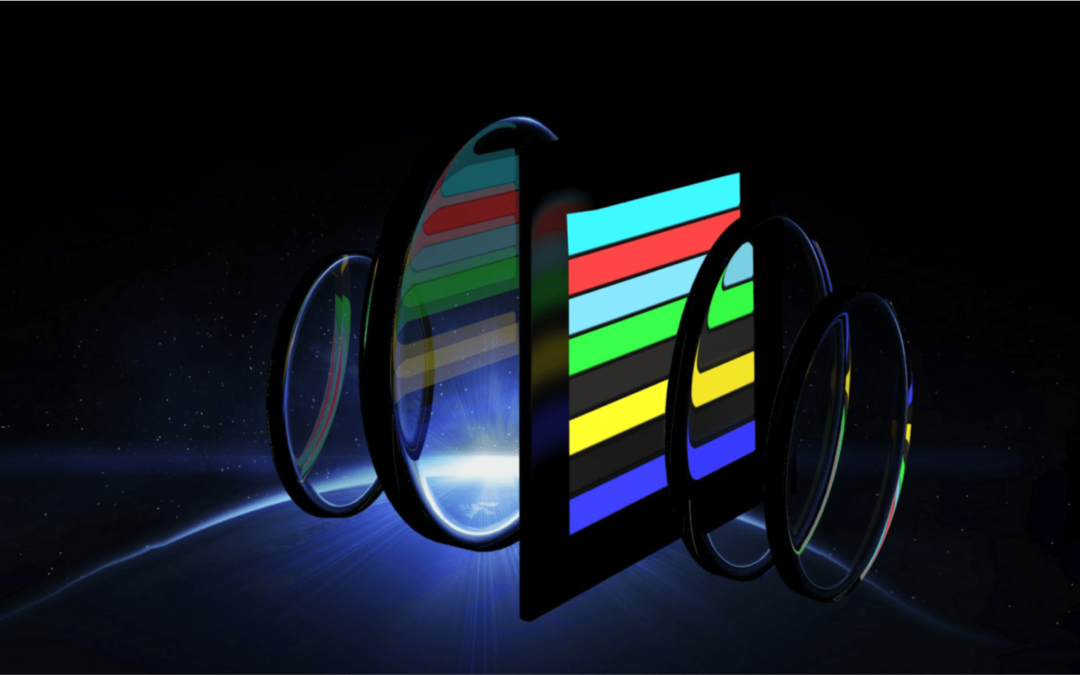Precise use of filters gives Raman spectroscopy fantastic utility not only in drug identification and inspection but also the detection of explosives and unknown substances, materials inspection by U.S. Customs and port authorities, and food safety inspection. To learn more about choosing the right optical filter(s) for your drug ID applications, click to read the full article, contact the author or visit our website.




